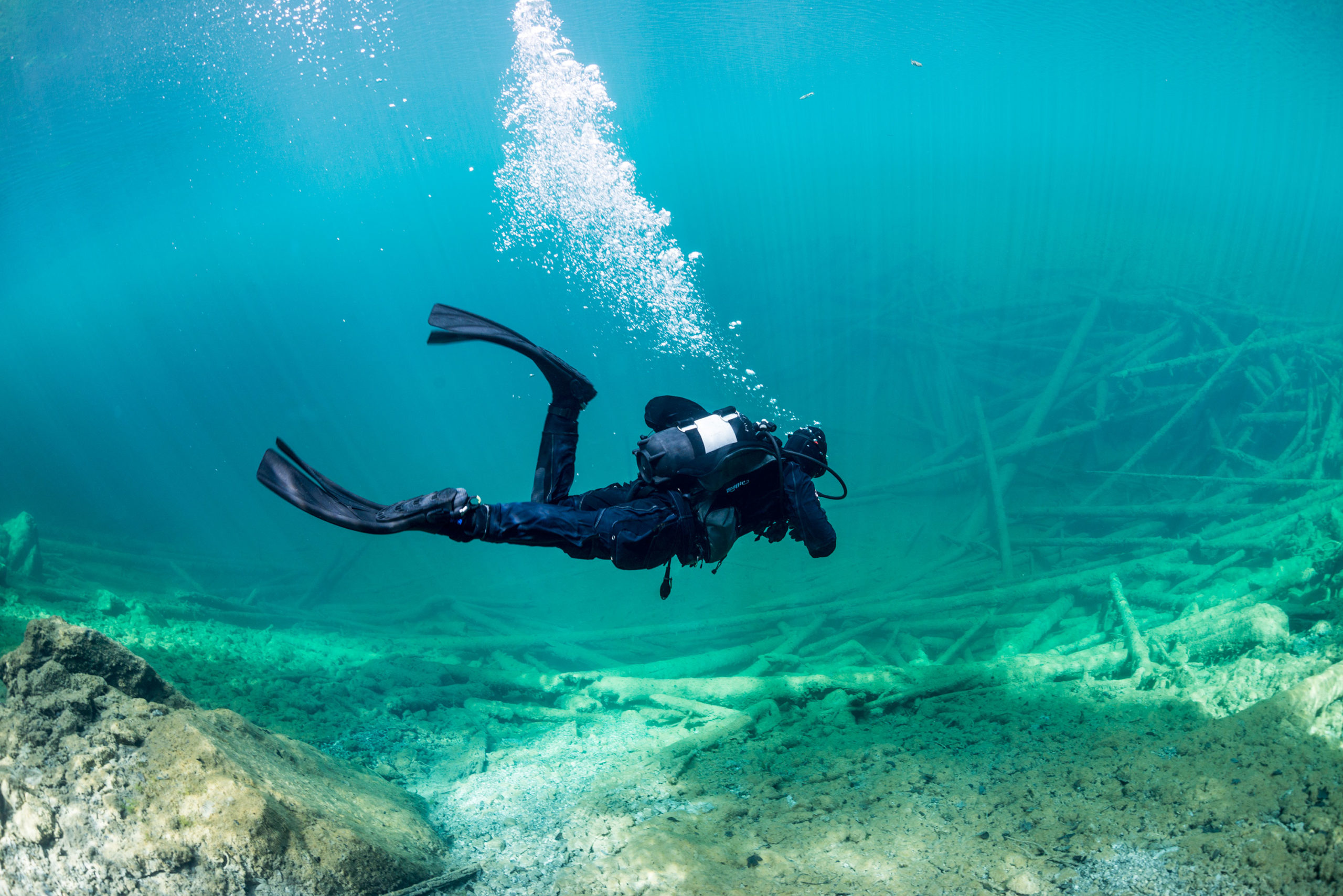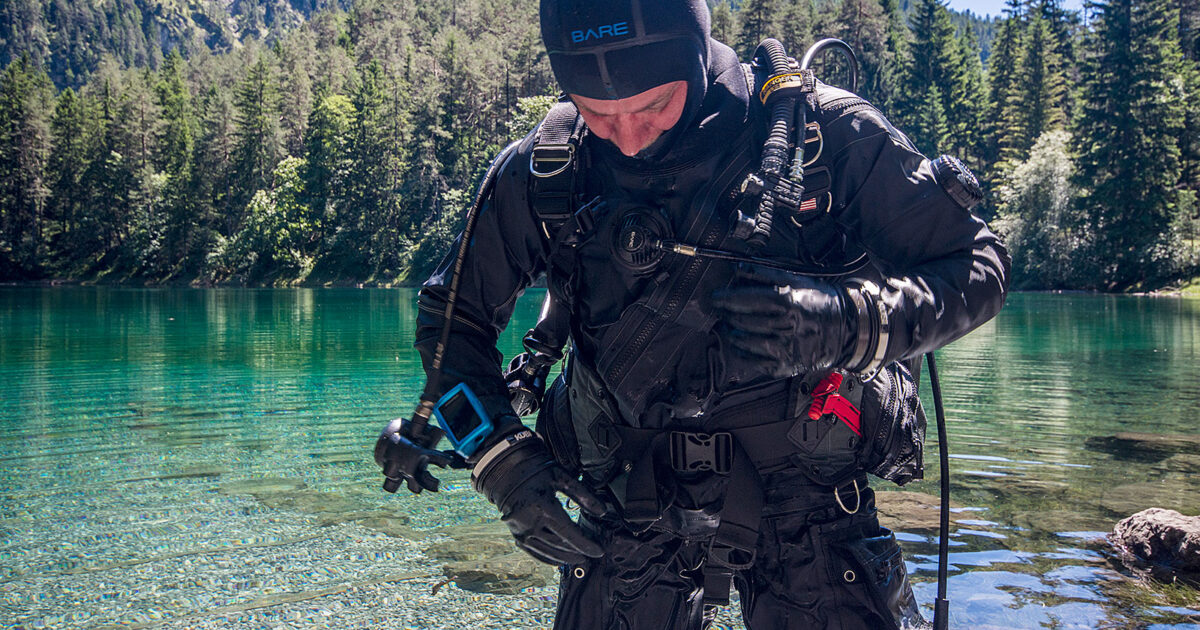3 GOOD REASONS TO DIVE DRYSUITS:
Thermal protection is an extremely important part of diving comfortably. Not only does being warm and comfortable in the water improve our air consumption, but it’s also better for our safety with respect to nitrogen loading, fatigue, and alertness.
The moment we enter the water, we’re immersing our bodies (except in rare cases) in water colder than our body temperature. Even at moderate temperatures, after long exposure, bodies will cool and can even get hypothermic.
Have you ever been on a dive where you’re cold to the point of shivering? Shivering is a symptom of hypothermia. Other symptoms which may follow or be part of hypothermia are clumsiness, confusion, poor decision-making, and low energy. For the hearty, some will say that cold water is anything in the low 50’s (teens in Celsius). For most it will be warmer; some will even say cold for them begins in the low 70’s (22-24 C). No matter how we slice it, being cold on a dive sucks. Once cold, you start thinking about being warm, and maybe even, “when is this dive going to be over?”

When it comes to thermal protection, there are two options; dive dry or wet. Here are a few reasons to dive dry.
1. Diving Dry Is Warmer
When you dive dry, you are inherently warmer than diving wet. To start with, you’re dry. You can layer your undergarment thickness and insulation factor depending on how cold the water is, and what your personal preference is. However, to those who have never dived dry before, diving cold water in a drysuit is like being outside on a cold day. You’re in a cold environment you can feel that it’s cold, but you’re warm and DRY.
2. Suit Compression
Aside from the obvious, there are other considerations of drysuit versus wetsuit. As we descend deeper on our dive, Boyle’s law (pressure) starts to affect us. At a depth of 33.3 feet (10 Meters) a wetsuit will be compressed by 50%. Descend to 99 feet (30 Meters) and your wetsuit is being compressed with 4 atmospheres of pressure to roughly 25% its original thickness. Wetsuit compression can lead to changes in buoyancy, and thermal comfort during the bottom phase of your dive. In many cases, the coldest water encountered is during the bottom phase of the dive.
As we dive deeper in a Drysuit, the suit compresses, but the apparent thickness of the suit doesn’t change. To maintain our personal comfort, we add air to our drysuit. This airspace keeps us warm, and also maintains our buoyancy throughout the dive. The best part is that if it’s colder on the bottom, we’re warm, dry and comfortable.
3. Nitrogen Loading
Even on no-decompression dives we are absorbing nitrogen into our bodies when we dive. For most divers, a three-minute safety stop is all that’s required for to off-gas before safely returning to the surface. Studies by several decompression researchers have shown that decompressing in warmer water is better for off-gassing than in cold. By diving dry, we maintain our thermal comfort throughout the dive and stay warm during the important safety stop (or decompression stop) when the diver is relaxed and mostly motionless in the water.
To shop the latest Bare Aquatrek 1 Drysuits, click on the shop now button below.






















